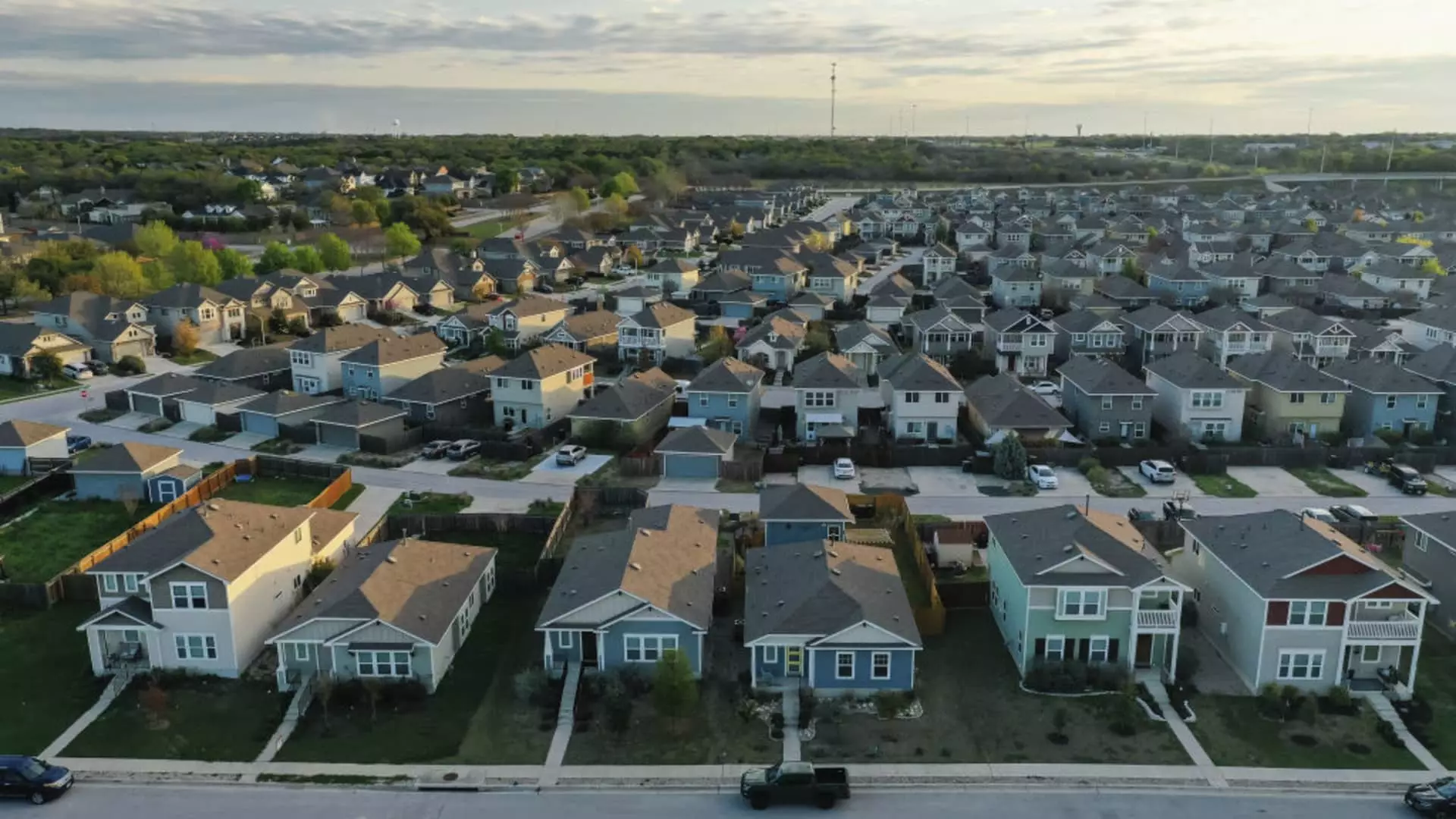The changing landscape of suburban housing is a revelation that many have overlooked until now. Over the past five years, the rental market in suburbs surrounding major U.S. metropolitan areas has rapidly evolved; it seems homeowners in these areas are becoming an endangered species. A recent analysis by Point2Homes highlights a startling trend: in at least 11 of the 20 largest metro areas, rentership surged by 5% or more, resulting in several suburbs transitioning from majority homeowner demographics to renter-dominant communities. This paradigm shift challenges the long-standing notion that homeownership is the cornerstone of the American Dream, especially in the wake of skyrocketing housing prices.
Suburban Homeownership Loses Its Luster
Those looking for homes in places like Dallas, Houston, and Miami are finding it increasingly impossible to realize their aspirations. In fact, the hardships don’t stop there. According to the NBC News Home Buyer Index, homeownership has become tougher in suburban counties around Dallas than in Dallas County itself. This marks a significant reversal from the state of affairs just a few years back and highlights an uncomfortable reality: the suburban landscape is proving more inhospitable for traditional homebuyers.
Traditionally characterized by single-family homes offering a semblance of the American Dream, suburban communities are now morphing into renter hubs. For example, the Dallas suburbs saw a staggering 17.6% increase in renting between 2018 and 2023, overshadowing the 7.9% growth observed within the city itself. The demand for affordable rental options has never been clearer, but it raises crucial questions about the future of suburban life. Are we witnessing the slow extinction of suburban neighborhoods as we knew them?
The Affordability Crisis: A Nationwide Phenomenon
Inevitably, the affordability crisis is the elephant in the room. The reality is grim: mortgage costs have surged, with interest rates averaging just under 7%—a level not seen since before the 2008 financial meltdown. Young families, such as Mark from suburban Chicago, find themselves trapped; properties they can barely afford to rent are becoming even less attainable as home costs soar. This echoes the feelings of many renters grappling with the impossible choice between remaining in their beloved neighborhood or relocating to more affordable areas.
Scott, a suburban father, echoed this sentiment, noting that while he enjoys the amenities of his current rental, the price of homeownership is simply too steep. Rent has become a financial crutch for those seeking to maintain their livelihoods while living within proximity to their workplaces and schools. The question arises: how long can we sustain this rental trend before it incites further class divides between the affluent and the struggling?
The Implications of Rentership: Bringing Up New Concerns
Tara Raghuveer, a leader in tenant advocacy, highlights a more sinister trend poised to set communities on edge. The shift toward renting in the suburbs may inadvertently ostracize residents from urban centers rich with vital resources like public transport and employment opportunities. Families that once could enjoy the vibrancy of urban life may now find themselves marooned in isolated suburban enclaves, devoid of social connections and essential services.
While landlords tout the benefits of renting—such as simplified bills and reduced maintenance—this transactional relationship does little to foster the community spirit essential for thriving neighborhoods. A reliance on rentals tends to create transient populations, where individuals may not feel invested in their surroundings, diminishing the sense of community we so urgently need in these turbulent times.
The Rise of Suburban Developments: Changing Focus
Yet amidst the chaos, there are glimmers of hope. The rise of suburban Downtowns and mixed-use developments is giving many families a chance at an ideal lifestyle: one that marries urban convenience with the space and comfort of suburban living. This evolution suggests an adaptation to modern consumer preferences, providing access to balanced living environments better suited to the remote work age.
The implications are profound: a pathway exists that allows families to rent within vibrant, amenity-rich communities without the stress of financial burden. As these trends continue to unfold, perhaps we will see not just a renewed appreciation for suburban living but also a profound transformation in what it means to build a life outside the urban core.
The transition from homeownership to rentership in suburbs may seem a step backward for some, but it could very well represent the evolution of the American Dream—one that is redefining stability in an age of economic uncertainty. In this new landscape, capturing the essence of community while navigating affordability will be vital for the future of suburban living.

